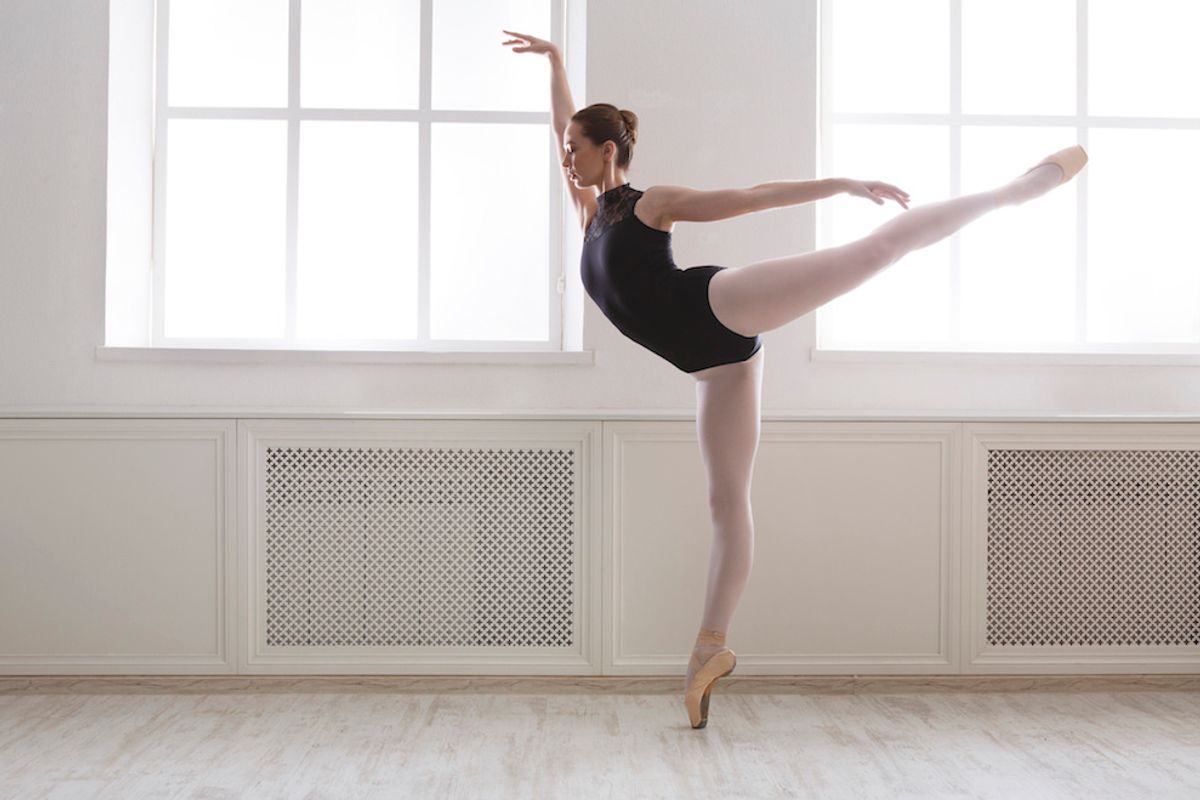
Teaching arabesque can be a challenge for educators and students alike. Differences in body types, flexibility and strength can leave dancers feeling dejected about the possibility of improving this essential position.
To help each of us in our quest for establishing beautiful arabesques in our students without bringing them to tears, we caught up with University of Utah ballet teacher Jennie Creer-King. After her professional career dancing with Ballet West and Oregon Ballet Theater and her years of teaching at the studio and college levels, she’s become a bit of an arabesque expert.
Here she shares five important tips for increasing the height of your students’ arabesques.
1. “Teach your dancers to think of an equal energy extending through the front arm as the arabesque leg. Dancers these days often contract their body, or fold in half to their flexibility, that’s not a correct arabesque. They need to learn to use their energy to lengthen their backs, which will propel their arabesque higher. This tool will be especially helpful for dancers with tight backs.”
2. “An arabesque needs to be supported through the abs. Any hypermobility in the back needs assistance from the core to be able to lift the legs. It’s the same abdominal support you need for any pirouettes, or balances in any grand position. Strengthen those muscles, and your dancers’ arabesques will improve.”
3. “Whether your students are flexible or tight, they can improve their arabesques by allowing their weight to go into their supporting leg, while lifting and lengthening forward. From there, they need to open their hips while their ribs stay square. When we teach beginners, we teach them to have a square arabesque. But as your dancers become more advanced, it’s important to teach them to open their hip and create a nice line with a beautifully beveled foot.”
4. “Don’t give the same correction to your entire group of dancers, especially when it comes to arabesque. Maybe that would have worked for teachers 30 years ago in Russia, but in America, we train every type of body. Instructors need to look at each student individually.”
5. “Make sure you students know that arabesque develops over time. It can improve, get higher and stronger. Just put in the work and you’ll see progress.”




